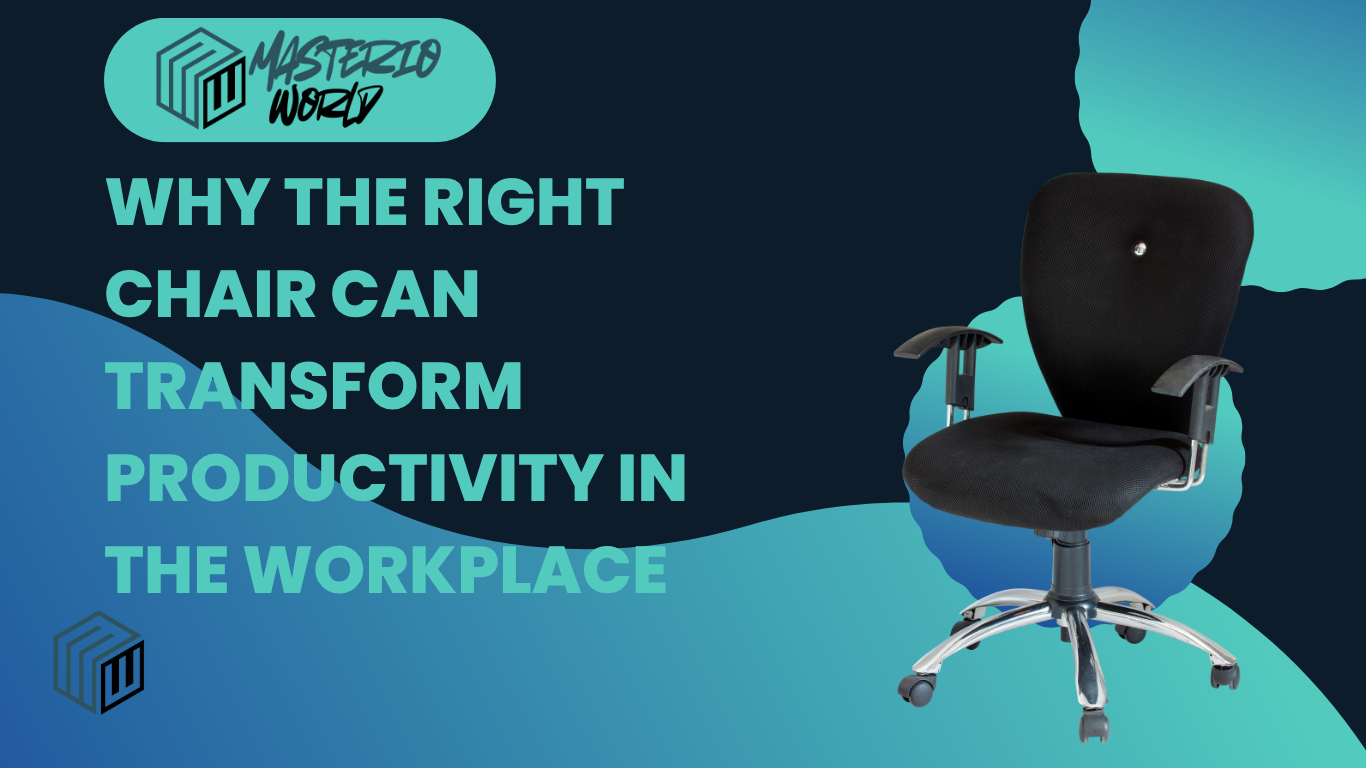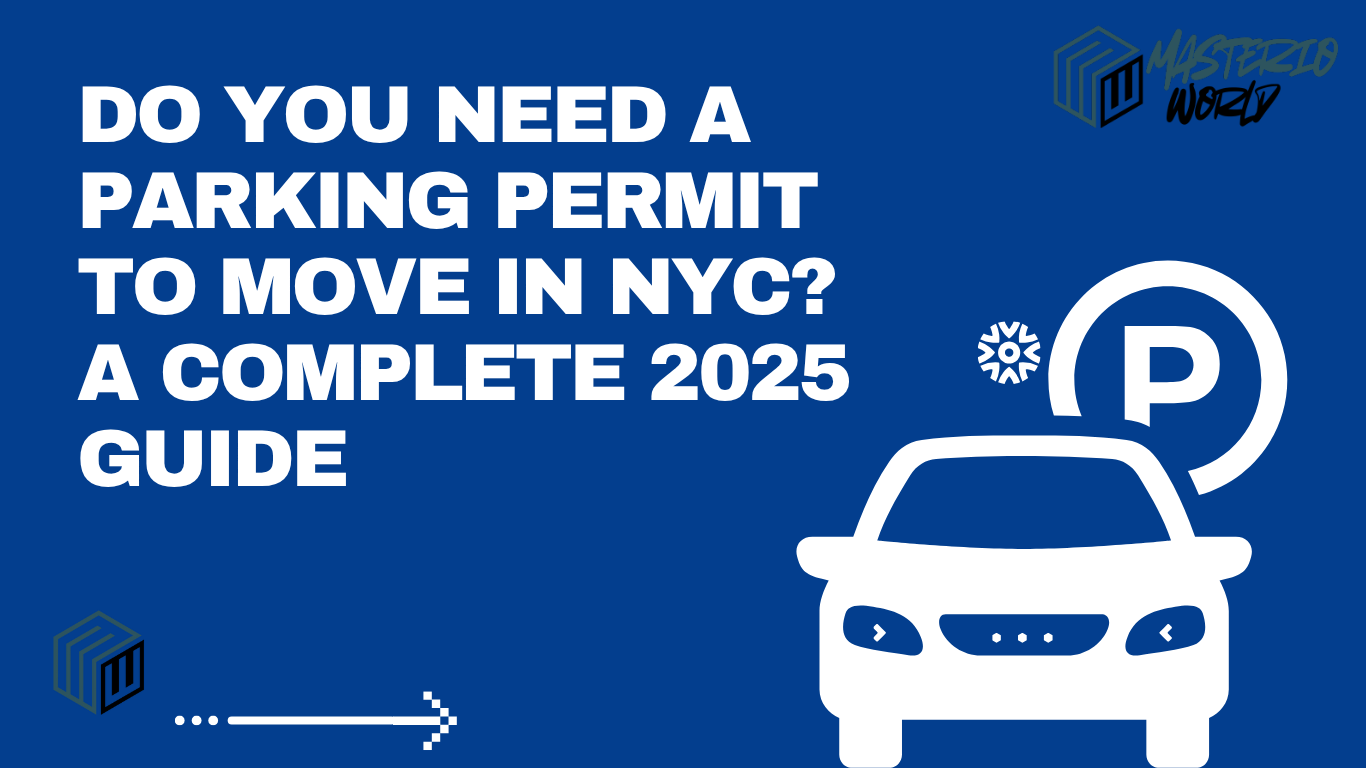Understanding the Impact of Color on Mood and Space
The Psychology of Color
Have you ever walked into a blue room and felt instantly calmer, or stepped into a sunny yellow space and felt a burst of energy? That’s the magic of color psychology at work! Colors have a profound effect on our emotions and how we perceive our surroundings. Shades of blue and green are known for their soothing qualities, while reds and oranges can ignite excitement and warmth. Meanwhile, neutral colors like white, gray, and beige provide a versatile backdrop that balances everything out.
How Light Affects Paint Color
The way light interacts with paint can completely alter its appearance. For instance, a soft gray might look fresh and modern in natural daylight, but take on a bluish hue under LED lighting. This is why it’s essential to test paint samples in the actual room at various times throughout the day to see how they truly look.
The Size Illusion: Making Rooms Feel Bigger or Smaller
Light colors can open up a space, giving it an airy, expansive feel. Conversely, darker shades can create a cozy atmosphere, but if not used carefully, they might make a room feel cramped. By using strategic painting techniques like adding an accent wall or opting for lighter ceilings, you can dramatically change the spatial perception of a room.
Let’s kick things off by considering the purpose of each room in your home.
Living Room: Warm, Inviting Tones
This space is truly the heart of your home, where friends and family come together. Opt for warm neutrals, soft greens, or elegant taupes that create a sense of connection and comfort.
Bedroom: Calm and Relaxing Shades
Your bedroom should be your sanctuary. Soft blues, gentle blush pinks, lavender, and creamy whites are perfect for promoting relaxation and a good night’s sleep.
Kitchen: Energizing, Clean Colors
Think about bright whites, cheerful yellows, and refreshing greens. These colors not only give a clean vibe but also help to boost your appetite and energy—ideal for a lively kitchen atmosphere.
Bathroom: Fresh, Crisp, Spa-like Hues
Soft grays, mint greens, and light blues can transform even the tiniest bathroom into a luxurious spa-like retreat. A touch of gloss can add that clean, water-friendly finish.
Office: Focused and Productive Palettes
Blues, earthy greens, and soft charcoals are fantastic for enhancing concentration and minimizing eye strain. Steer clear of overly bright or saturated colors that might distract or overwhelm.
Types of Interior Paint Finishes
Matte and Flat
These finishes are excellent for concealing wall imperfections, though they can be trickier to clean. They work best on ceilings or in low-traffic areas.
Eggshell and Satin
These are popular picks for most rooms, striking a nice balance between durability and softness. They’re perfect for living rooms, hallways, and bedrooms.
Semi-Gloss and Gloss
These finishes shine in areas with moisture or high contact, like bathrooms, kitchens, doors, and trim. They’re easy to clean and reflect light beautifully.
Best Finishes for High-Traffic Areas
For hallways, kids’ rooms, and kitchens, satin or semi-gloss paints are the way to go, as they’re both durable and washable.
Choosing the Right Finish for Each Room
- Living Room: Eggshell or Satin
- Bedroom: Matte or Eggshell
- Kitchen & Bath: Semi-Gloss
- Trim & Doors: Gloss
Popular Interior Color Trends (2025 Edition)
Earthy Neutrals
Think sandy beiges, soft browns, and creamy whites—they’re making a stylish return! These warm tones help create a cozy vibe and connect us to nature.
Soft Greens and Nature-Inspired Palettes
Shades like sage, olive, and eucalyptus are all about promoting wellness and tranquility. They’re perfect for spaces like bedrooms and bathrooms where you want to unwind.
Bold Accent Walls
Deep emeralds, navy blues, and burnt oranges can really make a statement. They add personality and create striking focal points without overwhelming the room.
Monochromatic Looks
Layering different shades of the same color can give your space a chic, unified feel. This approach works wonders in minimalist and modern homes.
How to Create a Cohesive Color Flow
The 60-30-10 Rule
This handy design tip suggests using:
- 60% of a dominant color (like your walls)
- 30% of a secondary color (think upholstery)
- 10% of an accent color (like accessories)
This balance keeps everything visually appealing and easy on the eyes.
Using a Color Wheel to Match Tones
Whether you go for complementary, analogous, or triadic color schemes, a color wheel can help you find combinations that work beautifully together.
Connecting Rooms Without Clashing
Make sure to keep the undertones consistent, whether they’re cool or warm. For instance, if you choose a warm gray for the living room, don’t switch to a cool blue in the next room.
Sampling Before You Commit
Why Paint Samples Matter
That little chip you see in the store just won’t cut it. Grab a sample can and paint larger patches on your wall to see how it looks.
Testing in Different Lighting
Check out your painted samples in the morning, afternoon, and evening light. You might be surprised at how different the same paint can appear throughout the day.
Swatch Placement Tips
Paint swatches on all four walls, especially near windows and corners, to see how shadows and reflections play with the color.
Choosing Paint That Lasts
Quality Over Price
Opting for cheap paint might seem like a good idea at first, but it often leads to needing more coats and wearing out quickly. When you invest in higher-quality paint, you usually get better coverage, richer colors, and durability that stands the test of time.
Washable and Scrubbable Paints
If you have pets, kids, or just love keeping your home spotless, go for paints that are marked as “washable” or “scrubbable.” They make life a lot easier!
Eco-Friendly and Low-VOC Options
Low-VOC (Volatile Organic Compounds) paints are a great choice for improving indoor air quality. You can be environmentally conscious without compromising on quality or color choices.
Tips from Professional Interior Designers
Common Mistakes to Avoid
- Choosing paint before selecting furniture
- Overlooking the impact of lighting
- Going overboard with bold colors
- Neglecting the ceiling (yes, it can be more than just white!)
Layering with Texture and Décor
Remember, color isn’t limited to just the walls. Incorporating rugs, curtains, throw pillows, and artwork can beautifully unify your color scheme.
When to Hire a Pro vs. DIY
For more complex projects like those tricky vaulted ceilings or intricate trim, hiring a professional can save you time, effort, and paint.
Final Checklist Before Painting
- Define the room’s purpose.
- Choose 2-3 color options.
- Test large swatches on your wall.
- Decide on the right finish.
- Buy quality brushes and rollers.
- Prep the walls (patch, sand, tape)
- Paint like a pro (two coats minimum!)
Conclusion
Finding the right paint and color for your interior goes beyond just choosing a hue you love; it’s about crafting a space that feels inviting, works well for your lifestyle, and showcases your style. With a little bit of planning, some testing, and a grasp of how color and lighting interact, you can turn your home from dull to dazzling, one brushstroke at a time.
FAQs
A: Consider the room’s purpose go for matte in low-traffic areas, and opt for satin or semi-gloss in high-traffic or moisture-prone spaces.
A: Earthy neutrals like greige (a mix of gray and beige) and soft sage greens are all the rage in 2025.
A: Absolutely! Just keep a cohesive flow by using a complementary palette or sticking to similar undertones.
A: Generally, two coats are recommended for complete coverage and long-lasting durability.
A: Definitely! It’s healthier for your indoor air quality, which is especially crucial in homes with kids or pets.










